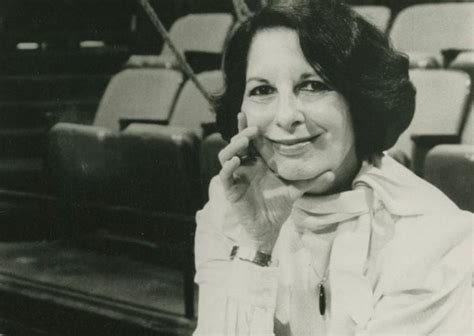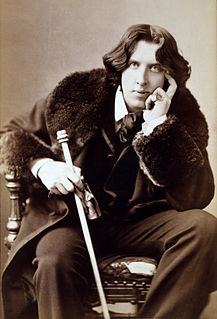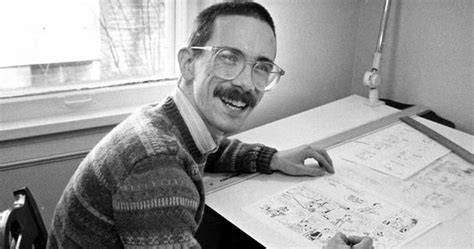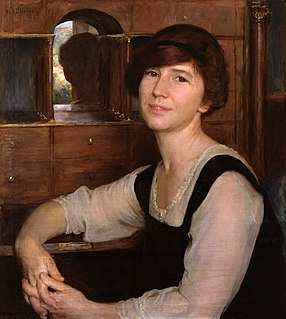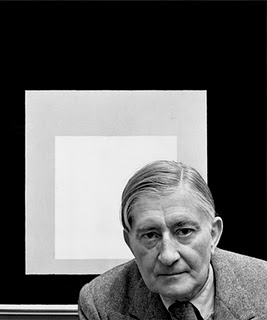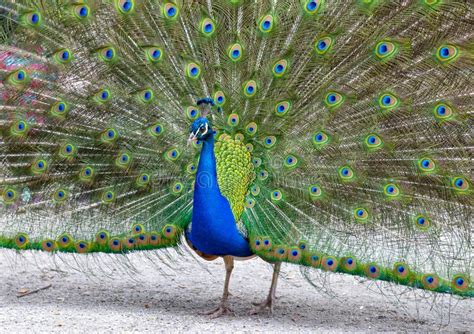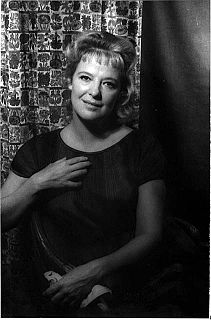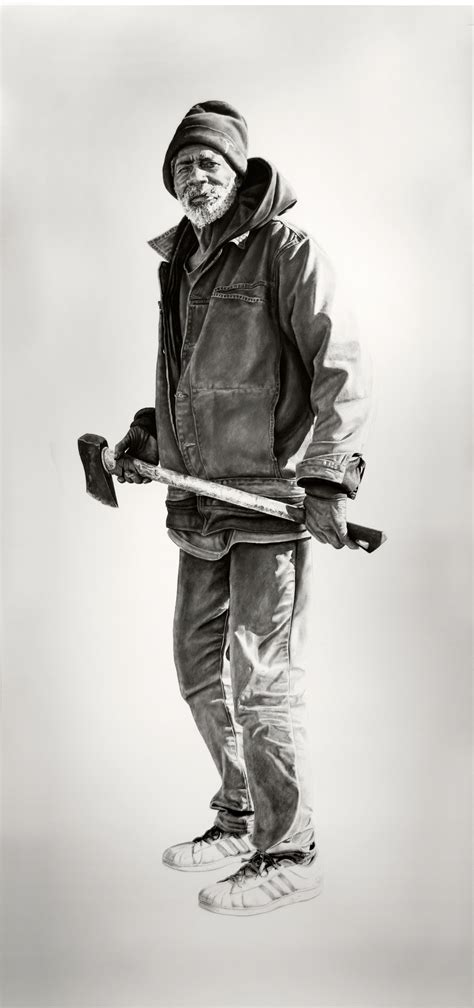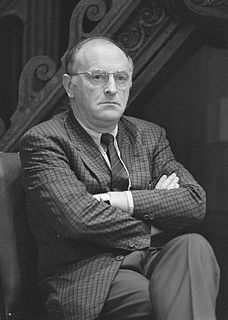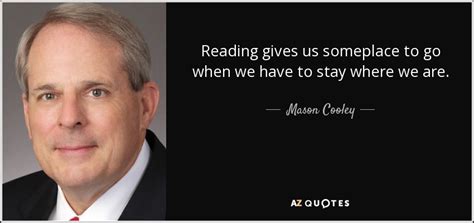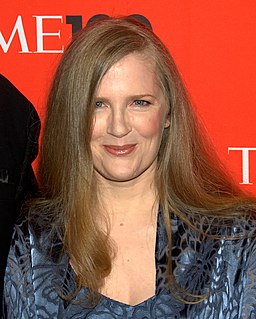A Quote by Robin Green
Repetition is the death of art.
Quote Topics
Related Quotes
Art is personal, originating from dreams, ideas, neuroses; art is shared, harkening back to the humans around the fire; art imbues pleasure and power by enabling people to know reality...Art is a necessity because it is a way of knowing...Is the need for truth physiological? Art exists out of time...images may be different bu there is always a repetition- a thread.
Romance lives by repetition, and repetition converts an appetite into an art. Besides, each time that one loves is the only time one has ever loved. Difference of object does not alter singleness of passion. It merely intensifies it. We can have in life but one great experience at best, and the secret of life is to reproduce that experience as often as possible.
Art is revelation instead of information, expression instead of description, creation instead of imitation or repetition. Art is concerned with the HOW, not the WHAT; not with literal content, but with the performance of the factual content. The performance - how it is done - that is the content of art.
Gertrude Stein, all courage and will, is a soldier of minimalism. Her work, unlike the resonating silences in the art of Samuel Beckett, embodies in its loquacity and verbosity the curious paradox of the minimalist form. This art of the nuance in repetition and placement she shares with the orchestral compositions of Philip Glass.
What makes art in general, and literature in particular, remarkable, what distinguishes them from life, is precisely that they abhor repetition. In everyday life, you can tell the same joke thrice and, thrice getting a laugh, become the life of the party. In art, though, this sort of conduct is called 'cliche.'


